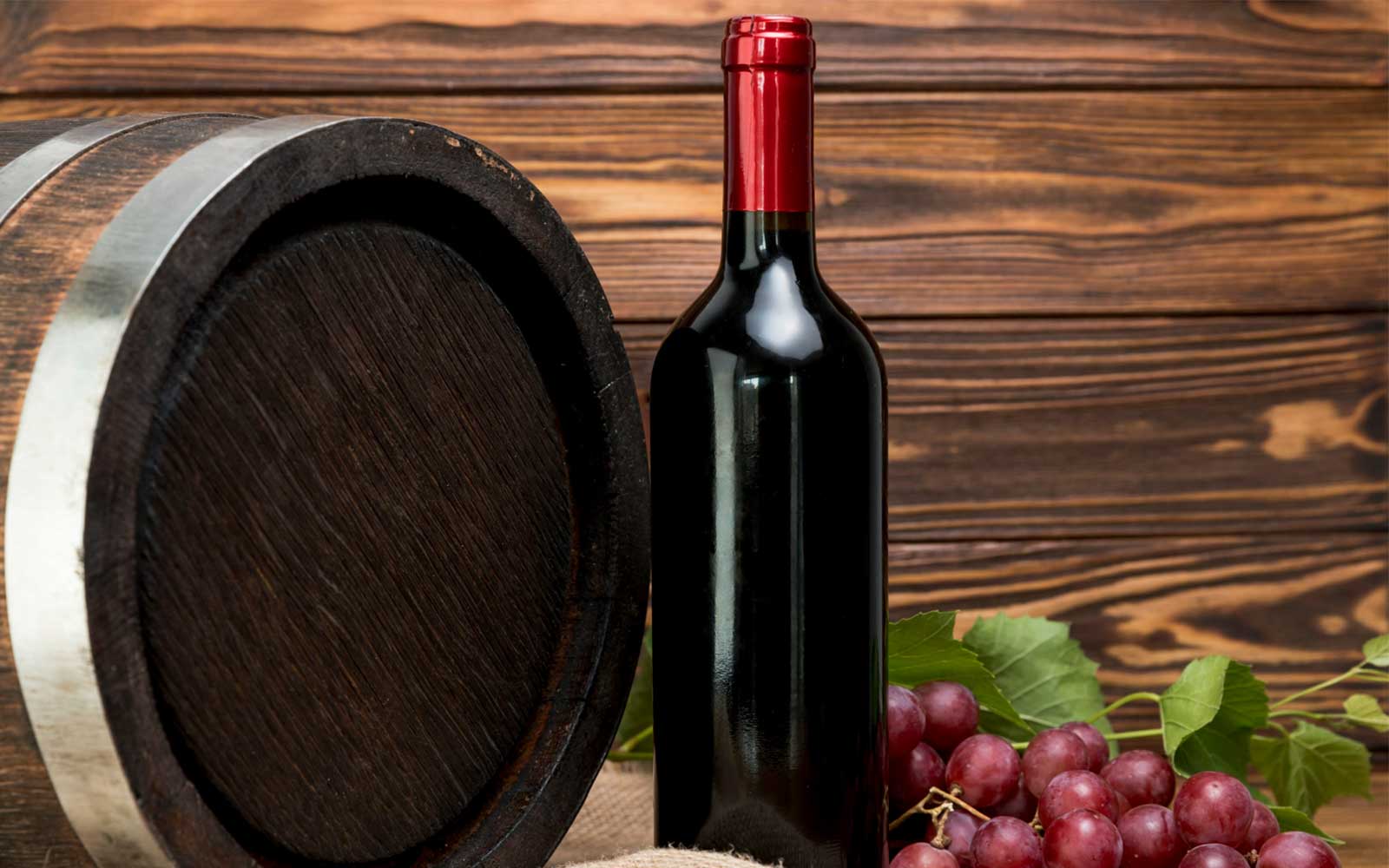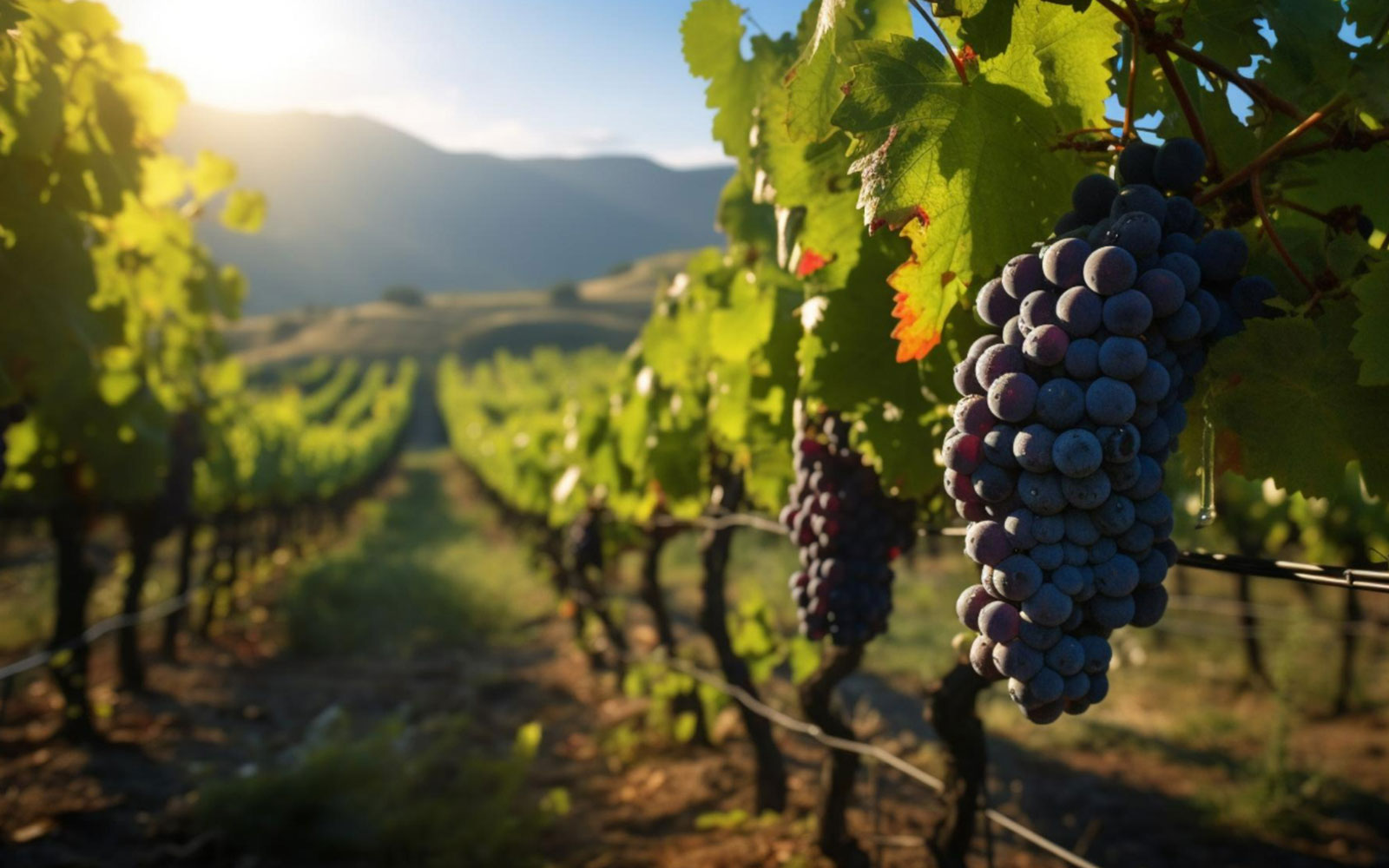Have you ever wondered what the correct term is for the place where wine is stored? When looking to store your wine at home, it’s common to wonder about the perfect space for it. In this guide, you’ll learn about the best ways to store wine at home and the different storage locations for wine during the winemaking process.
Where is wine stored during production?
The space used for storing wine is commonly known as a cellar. Whether specialized buildings or subway sites, these structures house barrel-shaped tanks and are designed with optimal conditions to ensure the proper maintenance of the wine. From ventilation and temperature control to humidity regulation, cellars provide an environment conducive to preserving wine in optimal conditions.
The answer to this article’s central question may seem simple: enoteca or wine shop. However, some nuances make a cellar the only adequate solution. An enoteca is a place that specializes in the commerce and sale of wine. These places focus on spreading wine culture and usually organize events such as tastings, samplings, and competitions.
So, while an enoteca stores wine, its primary function is to sell it to customers, in contrast to a winery, which primarily stores it for as long as necessary.
Types of wine cellars
Before bottling, wines go through a period known as cellaring, which can last from weeks to years in different types of containers. This stage, often involving the use of barrels, is essential for protecting the wine from its environment, avoiding direct contact with oxygen, and preventing it from turning into vinegar. Additionally, cellaring influences the wine’s flavors, textures, structure, and color as it goes through a maturation process that harmoniously integrates these elements over time.
It is important to note that the aging process occurs not only in wooden barrels but also in stainless steel tanks. In addition, jars and concrete eggs have increasingly gained importance in this process.
Wood barrel cellars
If you like wine, you might have tasted a Cabernet Sauvignon with smoky, chocolate, or vanilla flavors, which come from the influence of wood. European and American oak are common. Additionally, Chilean pipeños uses Raulí wood during its process. European oak gives more subtle notes, while American oak provides more robust flavors, commonly present in fuller-bodied wines like Cabernet Sauvignon. The barrels, which can be new or used and vary in toasting levels, as well as in size (ranging from 1,000 to 50,000 liters, similar to foudres), have an impact on the wine. Higher toasting levels result in more pronounced smoky notes, while lower toasting levels have the opposite effect. Additionally, smaller and newer barrels have a more significant influence on the wine.
New wood adds more tannins to wine, giving it astringency and structure, stabilizing its color, and helping it age in the bottle, similar to a cup of heavily infused tea. However, over time, the wood pores become clogged, which causes them to lose their ability to transfer tannins and flavors. Still, they contribute to micro-oxygenation, allowing the wine to age gradually, softening astringencies, and complexing its flavors. Ultimately, the “final recipe” rests with the winemaker’s decision.
Stainless steel cellars
Winemakers sometimes choose not to use oak characteristics in order to create a younger, fresher, fruitier, and lighter wine, especially with certain types of wine. This decision may stem from the belief that certain wine varieties won’t benefit from the qualities of wood, especially if the wine lacks tannins that need to be softened, such as in the case of white wines or reds with limited tannins, like Cabernet Franc.
Stainless steel tanks are perfect for preserving aromas with minimal exposure to oxygen because they are hermetic and made of an inert material. However, compared to wood or other porous materials like clay, porcelain, or concrete, wine stored in stainless steel tanks will require more time to reach similar levels of development. An excellent example is the 2019 Terrunyo Sauvignon Blanc. It was aged for six months in stainless steel tanks, resulting in an expressive and juicy character that emphasizes its fruity qualities over its aging potential. On the other hand, less aromatic white varieties like Chardonnay often benefit from barrel aging to enhance their complexity.
What are aged wines?
Wines for cellaring are those that have the appropriate qualities to age in a bottle. Well-known red wines usually have this attribute, particularly those that have undergone significant barrel aging. Also, although less common, some white wines can also benefit from aging.
Wines for aging stand out for their ability to evolve in the bottle over time. Not all wines are suitable for aging; some are meant to be enjoyed within a year of production. The key in both cases lies in opening them at the optimum moment.
Most sparkling wines, rosés, non-oak-aged whites, and light, low-tannic reds reach their splendor in their youth and do not improve with aging. However, as in every rule, there are exceptions; storing the most robust wines for years can lead to pleasant surprises.
In general, barrel-aged wines show intensity in their youth and require more time to reach their fullness, perfecting their bouquet and softening their tannins.
Cellar: the place to keep wine at home
Do you have a bottle and do not know where to put it? It is possible that, when tasting wine after a few days open, you have noticed a decrease in its quality. It is entirely normal to question whether you are making a mistake.
Storing bottles of wine at home is a common practice in many families, many with a special place to display their personal collection. Despite its popularity, there are typical wine storage mistakes that many make.
If you are looking to store wines at home, consider acquiring a wine cellar, a cold room designed to preserve wines in ideal conditions. In Chile, several stores, including retail stores, offer options available in stock.
Recommendations for storing wine at home
As already mentioned, there are air-conditioned cabinets that guarantee a constant temperature, and there are also models with multiple drawers whose regulations can be adjusted independently. However, here are some additional tips for storing wine at home. Tips for storing wine at home:
- Maintain a constant temperature: Avoid storing wine at room temperature. Ideally, keep it between 8º and 15º.
- Store horizontally: Store horizontally to keep the cork moist and prevent oxygen ingress.
- Dark and silent environment: Protects wine from external light, noise, odors, and vibrations.
- Avoid direct light: Direct light can oxidize wine, affecting its flavor and color.
How to keep red wine open:
- Temperature: Refrigerate open red wine, as it is more sensitive to temperature than whites and rosés.
- Oxygen: Cap wine immediately with its cork or use a special cork with an oxygen extraction system.
How to keep white wine open:
- Apply the same rules: Avoid high temperatures and exposure to oxygen, as mentioned above.
These tips will help you maintain the quality of your wines both when closed and once opened.



